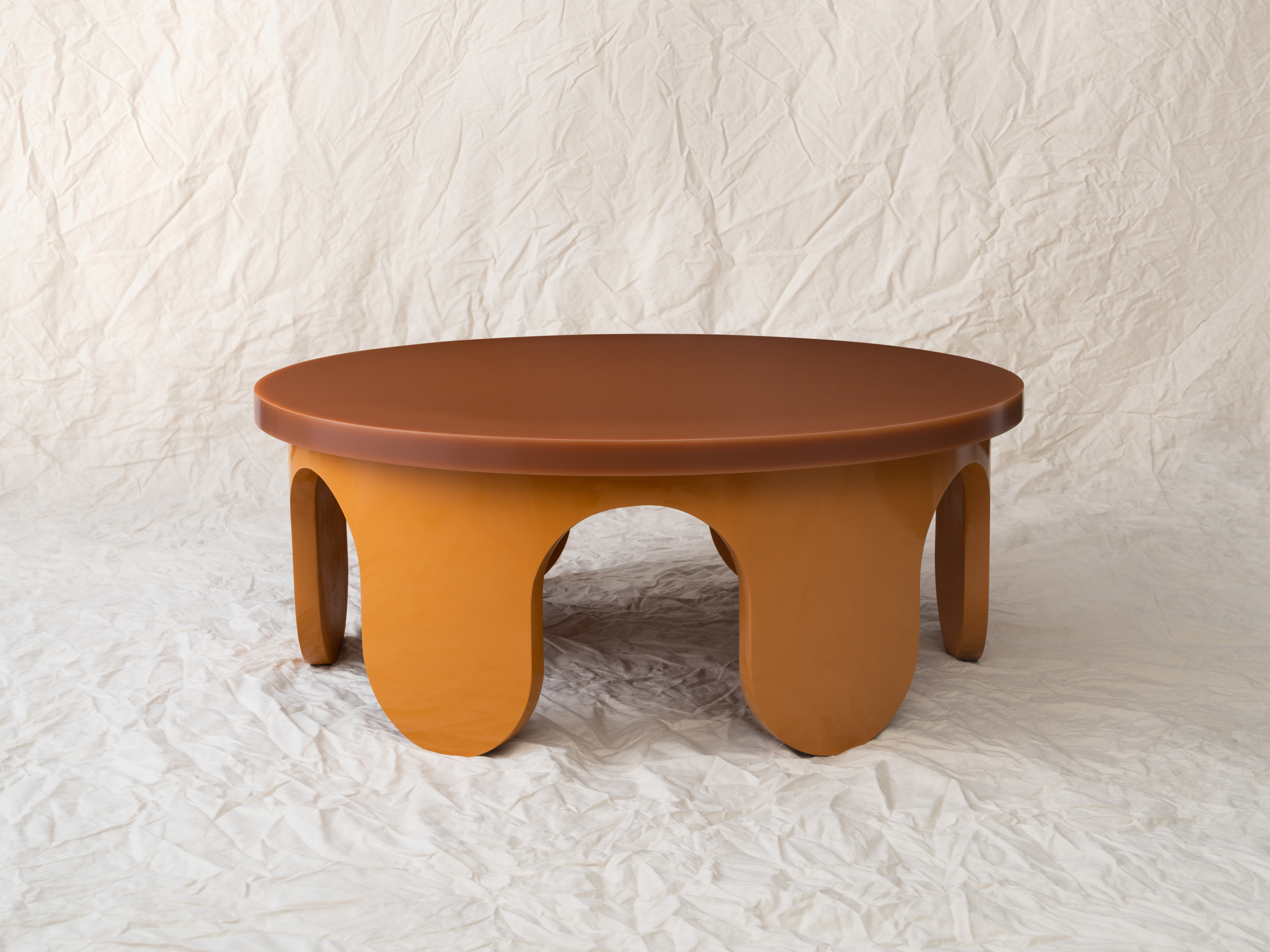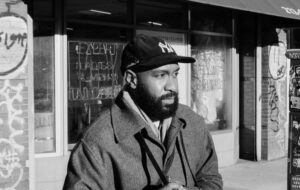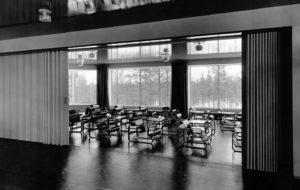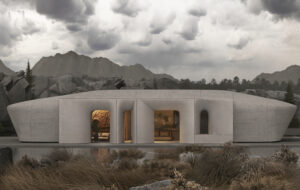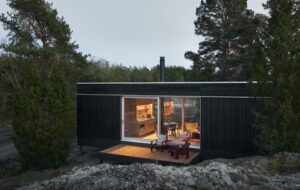
Deborah Saunt I moved to London when I finished college in Cambridge. That was in 1991, and I fully expected not to work as an architect – that was at the height of Thatcher and Major and the recession. But I was offered a job working with Sandy Wilson on the British Library. It was the only public building under construction at the time. I liked the idea of working on it because the project started in the Sixties, before I was born.
I did that for 18 months and then worked for [London architect] MJ Long, mostly on small artists’ studios at the time. She was a real mentor in that she was always able to do smaller-scale work at the same time as building large-scale public buildings. She also taught at Yale, and I made contacts in New York through that.
I think I would have benefited from going to Harvard – I always recommend people do something like that to get a more international view of architecture. If you just go to London, everyday life tends to take over. The nature of London is that it is a very social place, with all the benefits and distractions that brings. We depend on who we know here, more than in other countries.
Nigel Coates gave me my first teaching job in ‘97. I think the rise of the Royal College of Art under Nigel has been very healthy. Then I taught at the AA and then at Cambridge, all at diploma level.
Then I worked for Tony Fretton. I went to a lecture he gave with Caruso St John at the RIBA, and I just thought, finally, thank God, I’ve found someone who understands the real situation. I liked the fact that he would talk about politics and art – areas that architects should not be disengaged with. It was about situating the work in a wider world.
I suppose his work is produced from his experience of London, but I’ve always thought of it as more English. He has an ability to accommodate contradiction without compromise, and to see that as a creative starting point rather than as a negative thing. Whereas I think a lot of architects try to establish their own world view and aim at seeing that realised. That work is the tail end of modernism – still aiming to see a resolution.
I’m sure there are provincial cities with a rich cultural life, but I do consider what’s inside the M25 as different to everything beyond it.
I grew up in Croydon, and I’ve always thought London was a suburban city wanting to be urban. It’s like a suburban teenager, wanting to be in town. But it isn’t New York and it never will be. The reality of London is very suburban and domestic.
But what I love about it is that you can’t walk down a street without having your preconceptions challenged. If you walk down the King’s Road you’ll find social housing pretty quickly.
The great thing is being given the opportunity to look at Parliament Square [with Foster and Partners as part of the World Squares for All programme]. People think of it as this classic square, but it’s actually a classic piece of post-war traffic planning. The square had buildings on it until the mid-19th century. In fact, the Palace of Westminster was always connected with Westminster Abbey – it is one urban setting. The need to serve traffic has made these two institutions separate, whereas in fact culturally and historically they’re combined. There are no images of these two buildings together because you can’t stand in the road and take a picture because the 77 bus will knock you down. We absolutely insist on questioning that. In terms of design it very much starts with landscape as the sequence of views and landscape relationships between the buildings and the surroundings.
We’re definitely part of a new British mainstream, we can try as much as we like, but yes, we are. We are British practices and brought up in the same context. I would firmly ally us with people like Alford Hall Monaghan Morris, for example. Patrick Lynch is one of our contemporaries we engage in conversation with, and McDowell & Benedetti. The people we like are not all from London, though. We really like Grossmax from Edinburgh, and Robbrecht & Daem from Belgium – I used to teach with Paul Robbrecht at the AA.
When we’re doing a competition, we always try to anticipate what other people might do. And we always do the Michael Hopkins scheme; we go back to the Eighties and say, how would an architect in the mid-Eighties have handled this? We come up with atriums, all the rest. Nice brick arches, a bit of tensile. We put it on the wall and say, this is definitely what we’re not going to do. It’s like some kind of Dorian Gray image. The death of inspiration is that you turn out something that you were doing 20 years ago.




